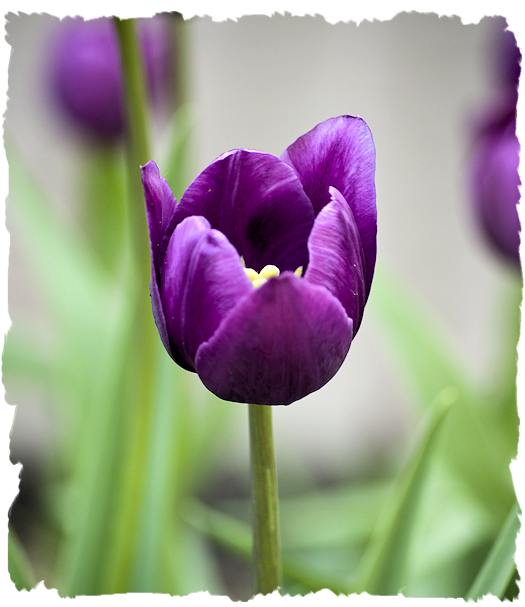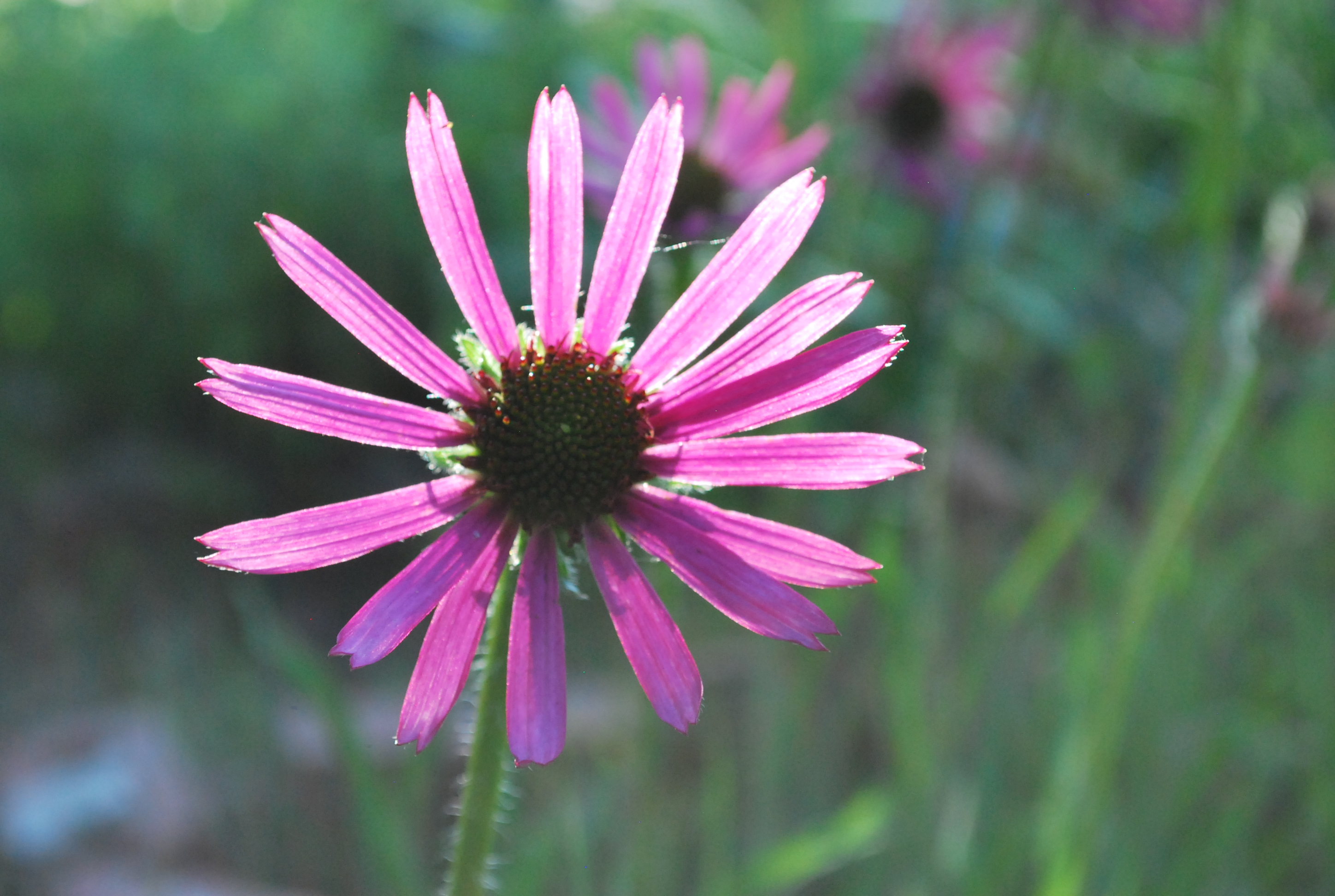

#Purple coneflower not blooming full#
While the plain old purple coneflowers (and their white siblings) will grow almost anywhere, the yellow, orange and red ones need full sun and rich, moist, well-drained soil. But for the most success, try these tips from Dan Heims, president of Terra Nova ® Nurseries, Inc., a company that’s developed some of these bright new flowers. And that means the offspring are a little pickier, too. Why aren’t they as vigorous? Well, the plant breeding that created those vibrant colors included a species that’s a little pickier about its growing conditions than purple coneflower, the one most of us grow. Those gorgeous yellow, orange and red coneflowers certainly are standouts in the garden! But gardeners may be disappointed if they expect them to bloom year after year without a care in the world like the old-fashioned purple coneflowers. Take a look at our tips below to get the most out of your coneflowers.

After that, you’re off the hook! The yellow, orange and red ones can be a little tougher to get to survive for several years. Like any perennial, you’ll want to water new plants the first summer, to get them safely established. As long as you put the plant in the ground right side up, it should be fine! Coneflowers like plenty of sun and average, well-drained soil.

When it comes to the old-fashioned pink-purple or white coneflower, there isn’t an easier plant to grow. That sounds like enough reasons for any gardener to take a second look at coneflowers! Butterflies and bees flock to the flowers, and birds will come to your garden in fall and winter to eat the seedheads. The perky blooms last a long time and make nice cut bouquets. They’ll withstand nearly anything that Mother Nature can throw at them, including bitter cold winters and hot, dry summers. Why grow coneflowers in the first place? That’s easy: They’re carefree plants that grow happily in almost any kind of soil. In fact, there are some interesting options in coneflowers that may make you want to carve out a little extra space for them! Why every garden should have coneflowers But that doesn’t mean you should overlook them. How much sun they will need and when they bloom.If you think that basic means boring, think again! Coneflowers ( Echinacea spp. How tall you can expect each variety to become. You will learn about the hardiness zones each one thrives in. So I went ahead and laid out the 27 best coneflowers and everything you need to know to make a decision about which ones you should grow. I figured others might become overwhelmed or lost in this process, just like me. While doing this, I realized that there are sssooooo many types of coneflowers to choose from. I went out and found the best coneflowers to plant in a garden. They will survive in the cold temperatures during winter and bloom wonderfully in summer. They grow best in Eastern and Central North America in hardiness zones between 3 and 9. How can you ignore the beautiful shape of a coneflower? Are you curious if you can grow a lovely coneflower in your garden? Which color of the coneflower varieties will look great in your garden and thrive in your location?Ĭoneflowers are known for there unique shape and array of colors.


 0 kommentar(er)
0 kommentar(er)
